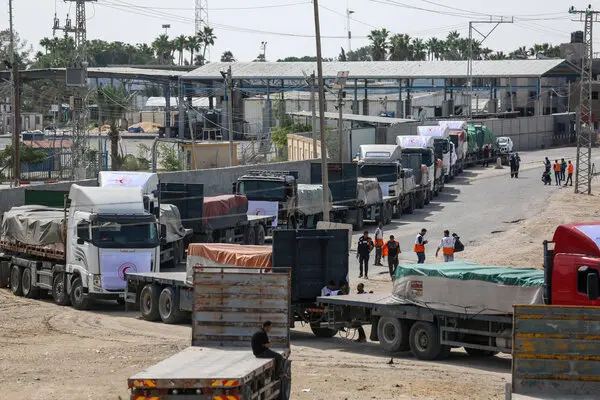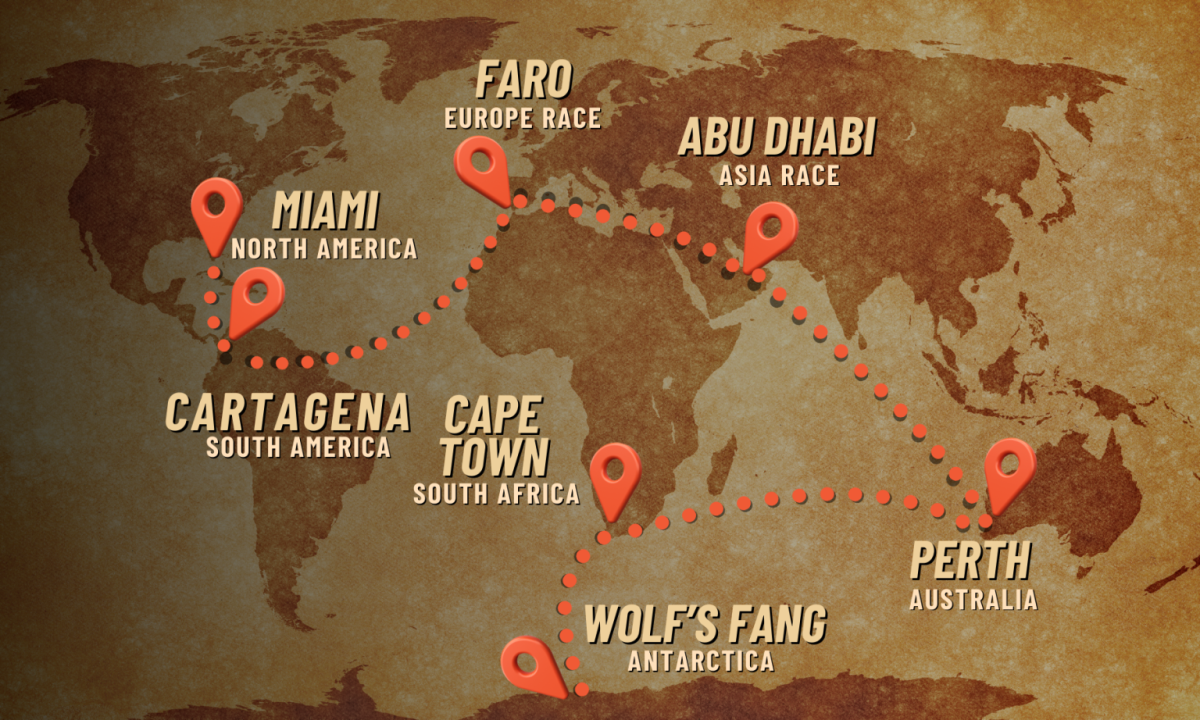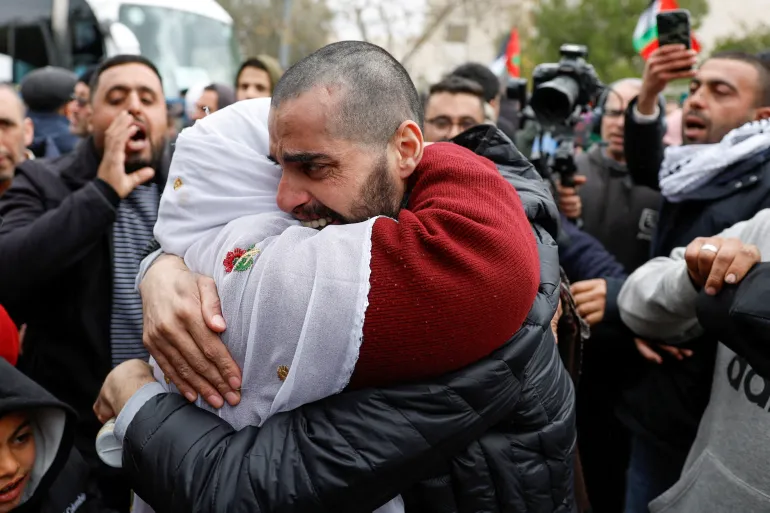
Many of you may have heard of the recent violence between Hamas and Israel on October 7, leading to the Prime Minister of Israel, Benjamin Netanyahu, declaring a state of war. In the time since that horrifying attack, things have only gotten worse. Atrocities have been committed by both sides, and the death count has ticked up at an alarming rate. Luckily, humanitarian aid is slowly trickling through.
Unfortunately, the recent hospital bombing in Gaza (that was revealed to be a Palestinian misfire) has taken a hit on diplomatic relations. Despite evidence to the contrary, Arab countries including Egypt and Jordan believe that the strike was incurred by Israel, and canceled their diplomatic visit with Biden two weeks ago. This has acted as a barrier between the two sides, hindering peace talks and the chance for humanitarian aid. However, Biden was able to eke out a deal with Egypt, which has agreed to let humanitarian aid pass through their country to access the Gaza Strip. Aid trucks passed through the Egyptian Rafah crossing carrying “food, medicine, and supplies” to Palestinians in need, according to the Palestinian Red Crescent (the Middle East version of the Red Cross). Starting on 10/21, trucks from the Egyptian Red Crescent began their route, coming slowly at first but picking up in volume more recently. As of Wednesday, November 1st, a shipment of 55 trucks brings the total up to 272.
These numbers sound comforting, but they’re not nearly sufficient for the crisis at hand. Prior to this new conflict, around 450 trucks were entering Gaza daily. And that’s from multiple crossings across Gaza’s border. The Rafah crossing is being used because it is the sole chink in the border not controlled by Israel; all other passage points were shut down by the Israelis soon after the conflict began. In addition, the Egypt-Gaza border (and by extension the Rafah crossing) accesses the southern end of Gaza. Although it’s only twenty miles long, most of the aid is being distributed among the people of the more southern region, rather than the north where it is most needed. Israel has even sent warnings to clear out of that area in preparation for heavy missile strikes, a precursor for the looming ground invasion of Gaza. The people most affected by this conflict are too far away from help, and many are refusing to leave their homes. The amount of humanitarian aid will need to skyrocket in order to meet the demand in northern Gaza.
Peace will not be immediate. It will be a long, slow process to hopefully reach a ceasefire in the coming weeks, but progress is being made. The steady upward trend of aid being provided to Gaza is heartwarming, but there’s a massive hill to climb to make a real difference. Maybe more countries will join the aid effort (Cyprus is looking promising), or maybe the effort will decline and slip away. The future is very hazy for this conflict. We can only hope that an agreement can be reached among all involved parties, but that day is a ways away.
Sources:
Associated Press. Live updates | More Palestinians fleeing combat zone in northern Gaza, UN says. Associated Press, apnews.com/article/israel-hamas-war-live-updates-11-08-2023-ddf02616ad9bdfc6d311e89c0315874d. Accessed 1 Nov. 2023.
Simmons, Keir, et al. “Israel-Hamas war live updates: IDF troops in the ‘heart’ of Gaza City as civilians flee.” NBC News, www.nbcnews.com/news/world/live-blog/israel-hamas-war-live-updates-rcna124127. Accessed 1 Nov. 2023.
Subramaniam, Tara, et al. “Israel-Hamas war rages as outcry grows over Gaza crisis.” CNN, www.cnn.com/middleeast/live-news/israel-hamas-war-gaza-news-11-08-23/index.html. Accessed 1 Nov. 2023.















